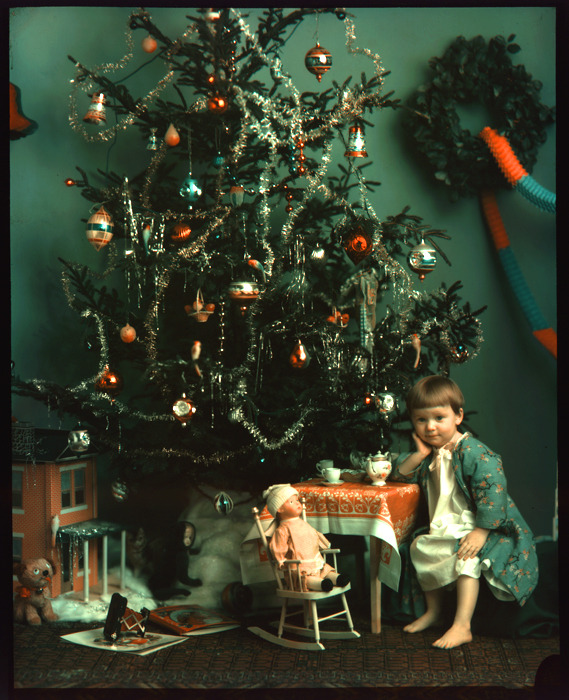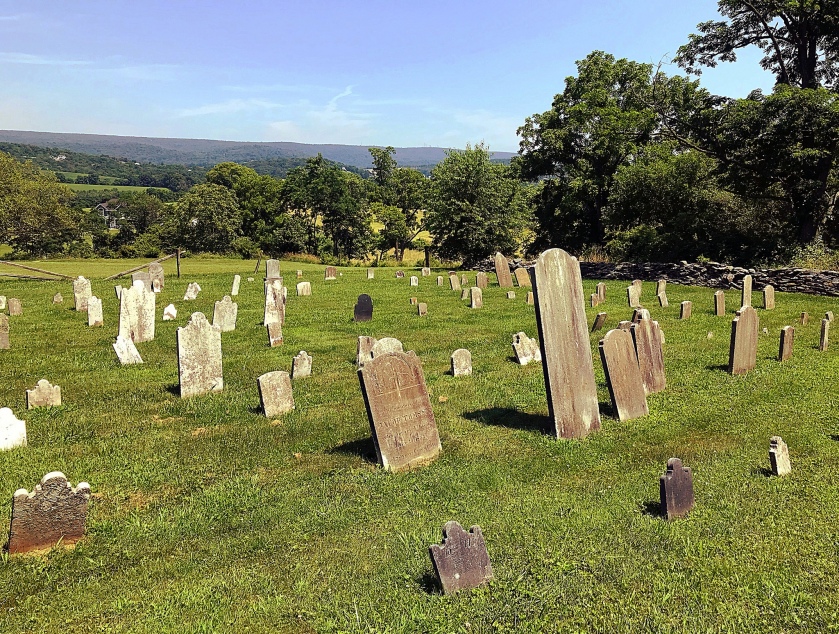
This glorious colorization by Sanna Dullaway returns vividly to life Mary White Avery Forbes, a 19th Century denizen of Westborough, Worcester County, Massachusetts. Her birth was recorded on 12 March, 1813, in Roxbury, to William White (1779-1848) and his wife Nancy Avery (1783–1865). In Mary’s time, Roxbury was already an ancient settlement first colonized by the Massachusetts Bay Colony in 1630; it is now one of the 23 official neighborhoods of Boston.

Mary’s future husband, Daniel Hall Forbes, born 5 September, 1808, in Westborough, was the son of Jonathan Forbes (1775-1861) and Esther Chamberlain (1770-1867). According to the 1892 Forbes and Forebush Genealogy: The Descendants of Daniel Forbush, Jonathan Forbes “always resided in the Forbes homestead, West Main Street…. He taught school when a young man. He was a captain as early as 1813, when he was elected deacon of the Evangelical Church, holding the latter office 48 years. He held most of the town offices and was a natural leader in church and town affairs. It is said he was always chairman of every committee in which he served.” The genealogy also notes, “His children, Susannah, Julia, Jonathan, Jr., and Daniel were all baptized Oct. 29, 1808.”
The group baptism was a sign of commitment to Christianity that the Forbes family kept alive for multiple generations. When he died more than four decades later, Daniel, the month-old infant christened that day, would leave hundreds of dollars to missionary societies. His daughter would die in a far away country, serving God’s cause.
Continue reading “Like a Rainbow: Resurrecting Mary Avery White Forbes”



